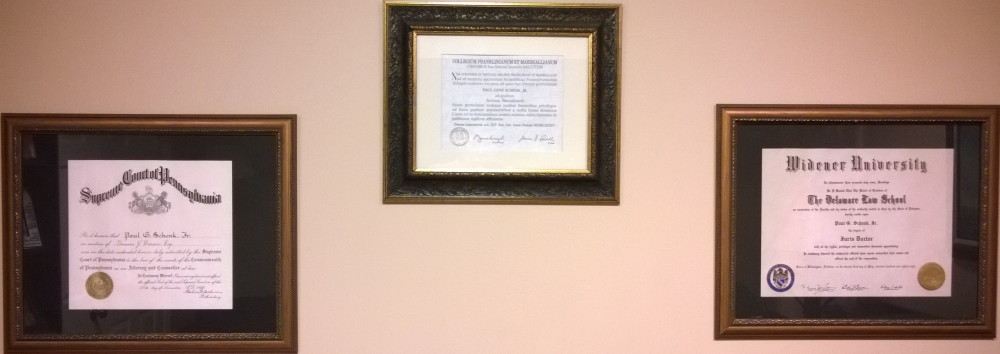THE FOLLOWING STUDY ARTICLE IS INTENDED FOR BASIC AWARENESS AND NOT FOR LEGAL ADVICE. IF THE READER SEEKS LEGAL ADVICE CONCERNING HIS OR HER PARTICULAR SITUATION, HE OR SHE SHOULD SEEK OUT AN ATTORNEY IN A LAWYER CLIENT RELATIONSHIP.
Pure Life Insurance Protects The Current Value Of One’s Future Annual Earnings.
Preliminary Legal Study Basis
Pure life insurance protects the current value of an individual’s future annual earnings.
Accordingly , the total accumulated premium cost of pure life insurance protection can not exceed the current value of the individual’s present annual earnings (i.e. one’s current annual earning value) .
Otherwise, the total accumulated premium cost will begin to consume the future annual earning value that is to be protected by the life insurance and thereby begin to defeat its own purpose.
There are various ways of indicating this very simple, logical and self-evident time value precept or law, such as:
1. The price of the future is the value of the present.
2. The price of future life is the value of present life .
3. The price of future time is the value of present time.
4. The price of future years is the value of the present year.
5. The price of time multiplied is the value of time divided.
6. The price of time capitalized is the value of time annuitized.
In fact, unless one knows the precise current annual earning value one is protecting with one’s life insurance plan, it is impossible for one to understand what one’s cumulative premium cost limit should be for one’s particular life insurance plan.
To give an example, assume a male age 40 wishes to protect $ 50,000.00 of current annual earning value over his future earning year period. He therefore seeks the lowest cost declining term life insurance policy or plan that he can find in the marketplace. The lowest cost policy in the market will be the one that projects the longest term of future earning year period protection before the insured’s total premium cost accumulates to meet the $ 50,000.00 in current annual earning value , in present value dollars, that he is endeavoring to protect with the life insurance .
Assume , in this example , that his total accumulated premium cost meets that $50,000.00 in present value dollars in 30 years , at the insured’s age of 70. In this example, the initial face amount of the pure life insurance protection would simply be $1,500,000.00, or simply $ 50,000.00 multiplied by 30. The face amount of the policy would decline incrementally each year to coincide with the insured’s progressive realization of earnings in each year that he lives through the insured future earning period. The final year face amount of the policy in year 30 would simply be the present value of 50,000.00 in a year 30 dollar amount time value equivalent. For example, if we assume a 3.25% annual rate of inflation , that final , 30th year death benefit would be $130,518.42.
Is pure life insurance protection valuable? In the example above, the 40 year old insured a future earning value of $1,500,000.00 in current value dollars for a projected total accumulated premium cost of only $50, 000.00 present value dollars if he lives through the entire 30 year term period, paying all of his yearly premiums (i.e. 1/30 or 3.33%) . His total accumulated premium cost would be even less than that figure to the degree that he does not live through the entire 30 year term period.
Level term insurance is not pure life insurance and it is therefore too costly and unnecessary to protect one’s current annual earning value over one’s future annual earning period.
Unlike a decreasing term policy , the face amount of a level term policy does not automatically and incrementally decline to coincide with the insured’s progressive realization of his earnings each year that he lives through the insured term period. Additionally, note that for whatever period of years in question , one can purchase significantly more accumulated units of insurance over that period of years with a declining face amount of term insurance than with a level face amount of term coverage.
Similarly, any type of cash surrender value life insurance policy is not pure life insurance and it is much too costly to even approach availing the protection amount level that is requisite to protect a person’s current earning value over his or her future earning year period. Like level term insurance, cash surrender value life insurance is simply not designed to protect one’s current annual earning value over one’s future earning period.
In conclusion, pure life insurance via a declining term insurance policy or plan is easily the most cost effective way to protect one’s current earning value over one’s future earning period (i.e. the next best alternative to an appropriate, yearly or annually declining term insurance policy would be to ladder down level term riders in 5 year increments throughout one’s future earning year period).
To See A Categorically Listed Archive Of Preliminary Legal Study Based Article Posts , See The Drop Down Box On This Page Or Click https://studypostlex.com/categorizedarchive/
